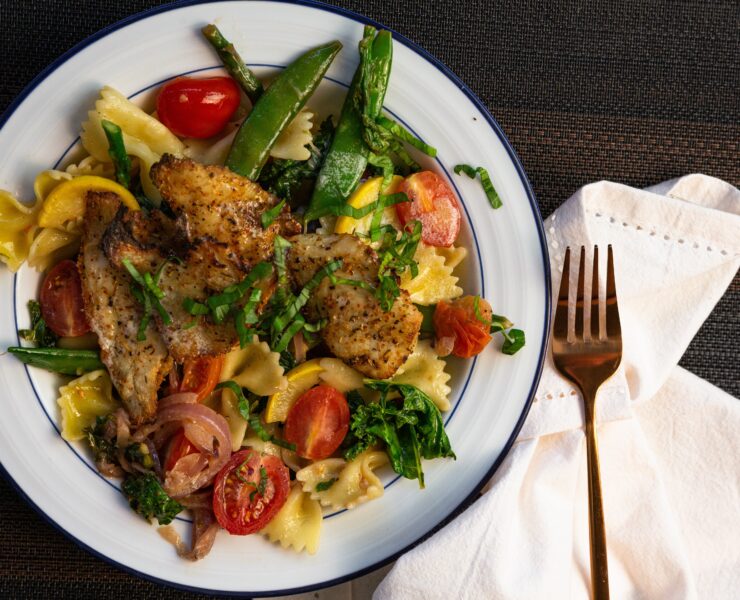recipe

Anyone who has tried a venison and barley soup or stew knows that those two ingredients go together like peas and carrots.
Barley and venison soups and stews are a part of what gets me through the long winters up here in Canada.
When it comes to it though, despite being great, there is more to barley than just soups and stews!
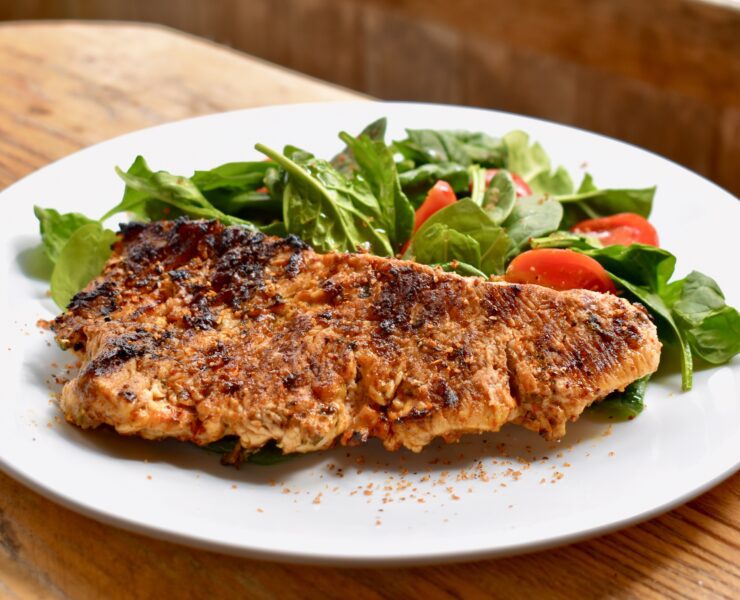
I was recently sitting in the backyard, enjoying a tequila cocktail my wife made that sported a Tajin rimmer (for those of you who may not know, Tajin is a versatile Mexican chili, lime, and salt seasoning blend). I quickly found that I had sipped my way around the whole glass, removing any trace of the rimmer well before the cocktail was finished.
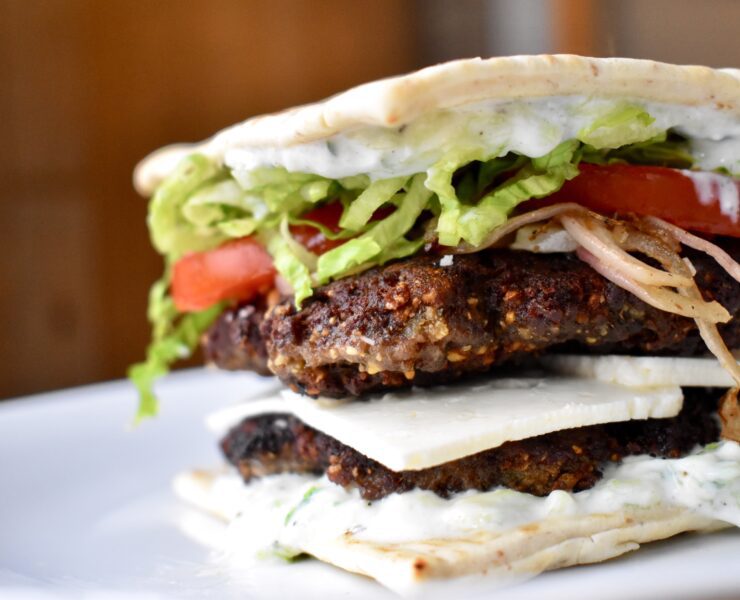
This recipe was years in the making. I visited Jordan in 2019, and one of the many highlights from my trip there was a falafel shop in Amman that sold the best falafel sandwiches I’d ever tried. It really put the falafel shops back home to shame. As I watched the talented man whipping up and frying dozens of falafel at a time, I thought to myself, falafel are good on their own, but wouldn’t they taste fantastic with meat?
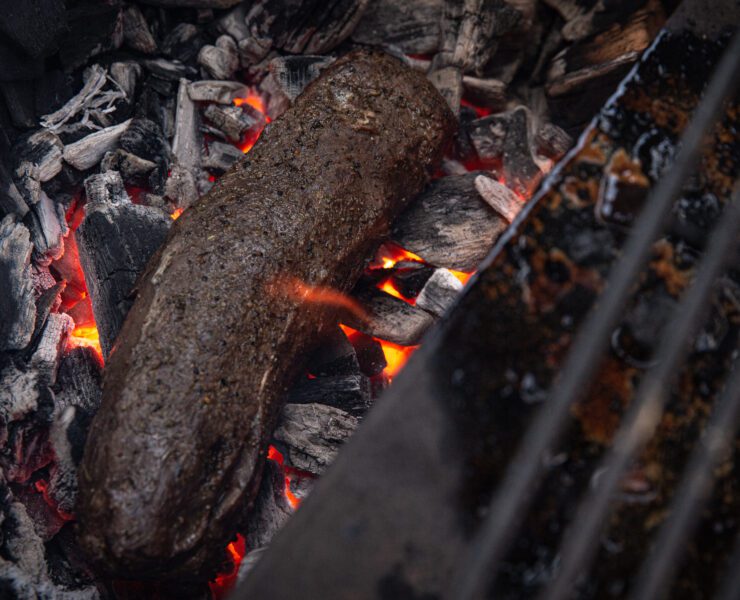
The best meal you’ll ever have isn’t found in a steakhouse in New York or on the Vegas Strip at some celebrity-chef’s restaurant. This unforgettable experience, when tastebuds revel in something more than flavor, occurs in the backcountry, when fingers are still trembling from cutting a tag as you pull backstraps from your trophy.
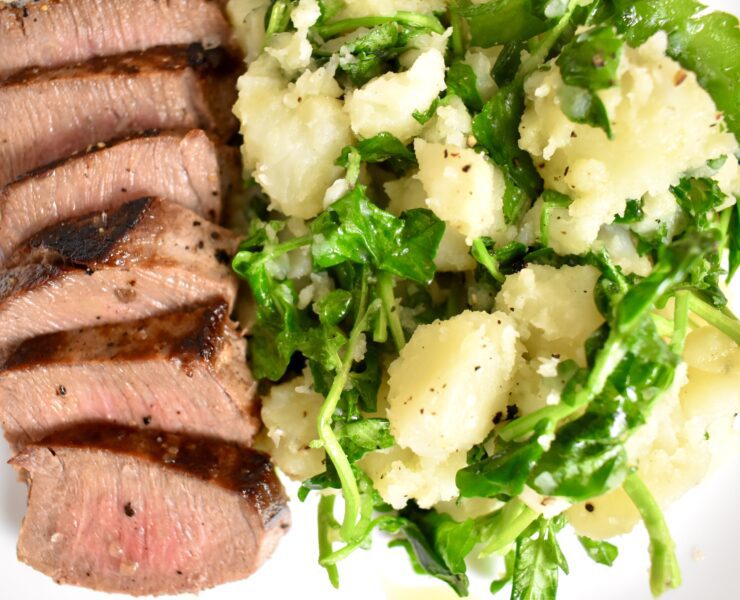
Watercress has been called one of the most nutritious vegetables out there, and I have been trying to incorporate more of it into my diet, wild and farmed.
It hasn’t been hard; I love watercress’s peppery flavor, similar to arugula, and its crisp verdant juiciness, which is more akin to iceberg lettuce than thin leafy lettuces.
It’s also great raw, cooked, or somewhere just between, like in this recipe.

I took my third antelope in Southeastern Wyoming in October 2024. I brought back larger, primal cuts for steaks and roasts. There was also plenty of grind meat left over. The dilemma was how to prepare it. I wanted to choose something other than burger for such a fantastic animal. That set me to thinking…what could be done with the venison scraps?
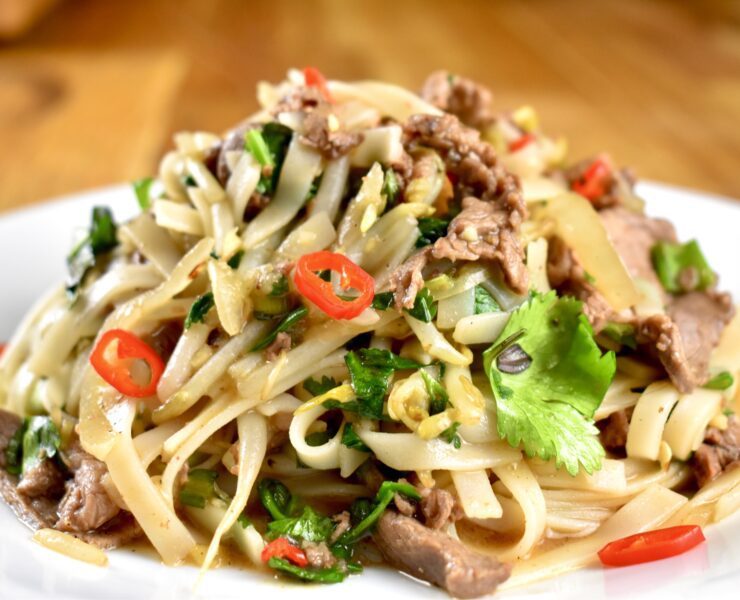
What’s better than a big old bowl of steaming phở? The meatiness, the herbaceousness, the spiciness, the slipperiness of rice noodles?
Sometimes though, you don’t really feel like a huge bowl of soup, or maybe you don’t feel like spending hours creating a perfectly balanced phở broth.
What if I told you that you could have your cake and eat it too?
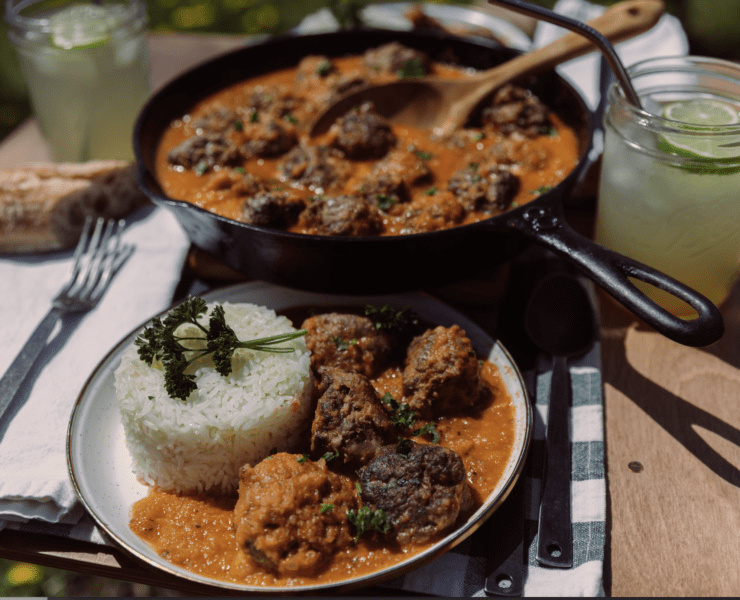
I’m excited to share another Goñi González family recipe with the Mule Deer Foundation, adapted to use ground venison instead of the traditional beef or pork. Growing up, my great-aunt often prepared these albondigas (Spanish-style meatballs) for me, and they quickly became one of my favorite comidas. I would eagerly race home from school whenever I knew they were on the lunch menu.

That’s right I said cattail, you know the things growing in your local park or swamp. Now lets be clear it is KEY to pick these from clean water early in the spring (around morel mushroom time) Just pull up a young cattail, from the base. Trim all the excess green leaves until you are left with the tender inner core, similar to fresh hearts of palm or baby artichokes, which could easily be substituted in this recipe





